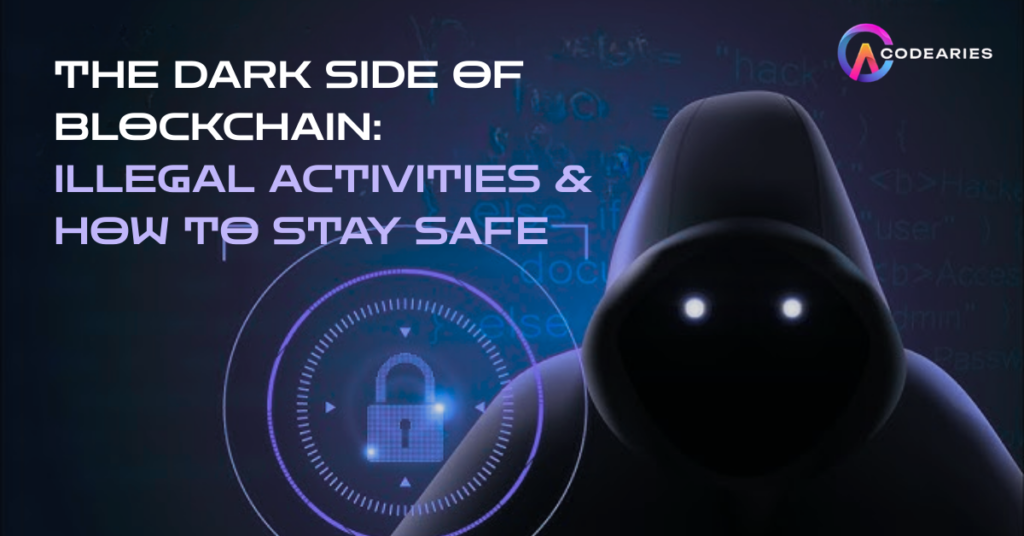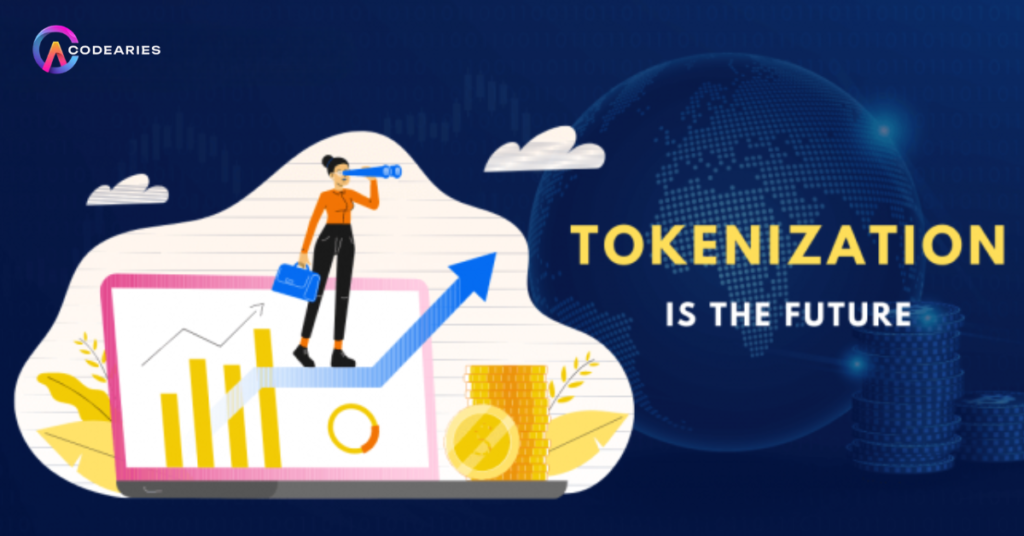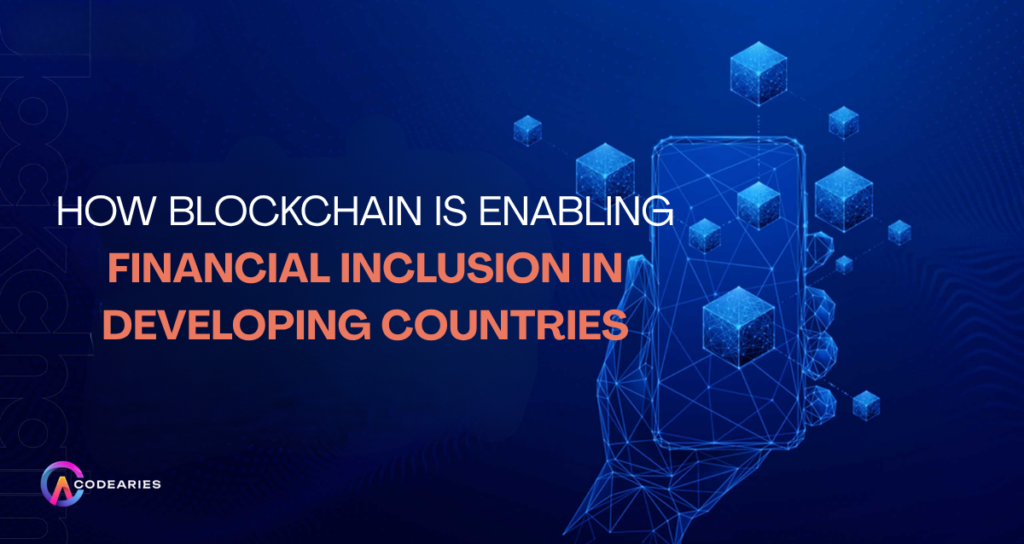How Blockchain and AI Are Making Online Betting More Secure
Read 4 MinThe online betting scene has changed significantly in the last decade. It has shifted from platforms lacking trust and facing regulatory issues to tech-driven, growing, and more secure digital betting environments. By 2025, developments in blockchain and artificial intelligence (AI) are reshaping the iGaming and sports betting landscape. They provide unmatched security, transparency, and trust for both operators and users. As the value of online gambling and betting exceeds $100 billion, ensuring security has become essential for success. This blog looks at how blockchain and AI are enhancing security in online betting. It covers the features and benefits that drive adoption, best practices for operators and players, and how Codearies helps clients succeed in this competitive space. Blockchain: The Bedrock of Trust and Transparency 1. Immutable Ledgers—Every Bet, Every Transaction At the heart of blockchain security is its public ledger, which records every bet, deposit, withdrawal, and payout on an unchangeable chain. Once transactions are published, no admin, developer, or third party can alter them. This promotes outstanding accountability for operators, allowing players and regulators to audit transactions at any time for full transparency. 2. Provably Fair Games: Instant Verification for Everyone Blockchain makes provably fair gaming possible. Cryptographic techniques enable anyone to independently check the randomness and fairness of game results. For instance, hashes created before and after dice rolls or spins allow players to confirm that outcomes are not manipulated by the house. 3. Smart Contracts: Tamper-Proof Automation By replacing manual administration with self-executing smart contracts: 4. Anonymous & Secure Payments Blockchain wallets—using cryptocurrencies like BTC, ETH, or USDT—allow players to deposit, wager, and withdraw while maintaining privacy. Personal data is kept to a minimum, lowering the chance of data breaches and easing transactions for global players, especially in areas with strict regulations. 5. Decentralized Storage and Reduced Hacking Risk Unlike centralized betting platforms that keep user data in single locations vulnerable to hacking, blockchain-based platforms distribute and encrypt data across global nodes. If one node is breached, the system stays secure, greatly reducing vulnerabilities. AI: The Intelligent Safeguard and Performance Driver 1. Advanced Fraud Detection and Risk Management AI-driven platforms analyze millions of data points in real time, tracking user behaviors, transactions, and network anomalies to spot: When AI detects suspicious activity, funds can be frozen immediately, allowing for further investigation and reducing the chances for bad actors. 2. Personalized Security and Responsible Gaming AI tailors user experience for safety: 3. Fast, Automated Payouts Machine learning and smart contracts work together to process withdrawals securely within minutes. AI examines context (geolocation, device checks, transaction history) to prevent quick cashouts to compromised accounts. 4. Dynamic Odds and Market Integrity AI-powered analytics ingest real-time sports, player, and social data, providing: The Synergy: Blockchain + AI in Modern Online Betting The most secure betting platforms combine blockchain and AI for: Platforms like Spartans showcase this approach, using blockchain for visible, verifiable ledgers and AI for proactive fraud detection, instant account verifications, and efficient event settlements. Future Trends and Security Innovations How Codearies Helps You Build Secure, Next-Gen Betting Platforms At Codearies, we serve as your engineering, strategy, security, and compliance partner. We build, upgrade, and maintain cutting-edge betting platforms that combine blockchain reliability and AI capabilities for unmatched security, trust, and growth. What We Deliver: With Codearies, you don’t just meet security needs—you build trust, cut down on fraud, and gain a lasting advantage in the digital betting market. Frequently Asked Questions (FAQ) Can Codearies integrate blockchain and AI modules with my existing betting platform? Yes, we focus on modular upgrades that enhance your platform’s transparency and security without starting from scratch. How does Codearies ensure regulatory compliance across different countries? We develop solutions tailored to each jurisdiction’s requirements, including geo-fencing, KYC/AML, and local audits, with built-in support for multi-region deployment and ongoing compliance checks. How do you balance user privacy with legal requirements? By using blockchain for pseudonymous transactions and AI for risk-based KYC, we maximize privacy while fulfilling all necessary regulations. Do you support instant crypto payments and automated smart contract payouts? Absolutely! We create and audit smart contracts for both a smooth user experience and strong security in every transaction. What support is offered post-launch? From 24/7 monitoring to threat response, data analysis, user training, and ongoing upgrades, Codearies stands with your team as your trusted security partner.













